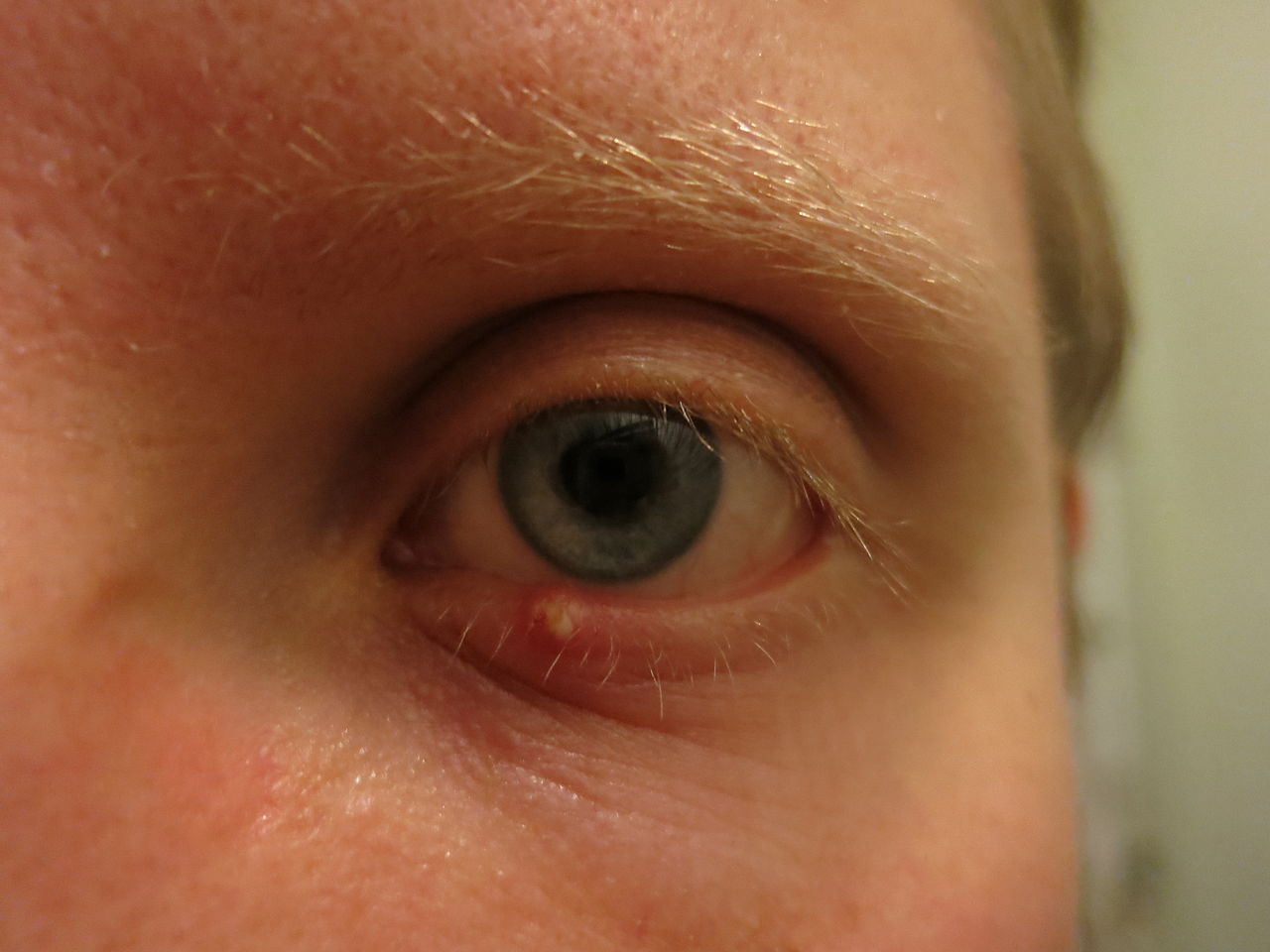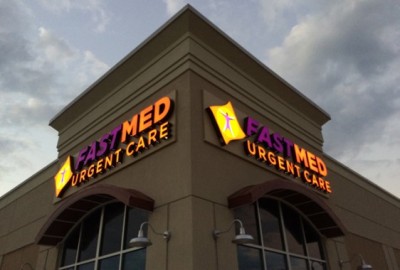Developing a stye (also spelled as “sty”) under the eyelid is a common occurrence amongst adolescents and adults. A stye is a small bump on or under the eyelid that results from a blocked gland. Though they usually aren’t serious and go away on their own, styes can be painful.
Styes are often confused with chalazion, another type of bump in or on the eyelid that is larger and less painful than a stye.

What Causes a Stye?
Styes on the eyelid are caused by a buildup of bacteria in the root (follicle) of an eyelash. Styes inside the eyelid (also known as internal hordeolum) are caused by an infected oil gland. If an internal hordeolum doesn’t get properly drained or healed, it can turn into a chalazion.
Symptoms of a Stye
Oftentimes, the first sign you’ll see is a swollen, red bump along or under the eyelid. Additional symptoms include:
- Harsh, scratching sensation (similar to sandpaper) on your eye
- Sensitivity to light
- Eye tearing
- Eyelid tenderness
You may also see a small, yellowish spot appear in the center of the stye. This is pus that can develop inside the bump as a further sign of infection.
While these symptoms alone are no cause for alarm, there are some further complications that could develop. If you or your child experience any of the following symptoms, seek medical help immediately.
- Eye becomes swollen shut
- Redness around the entire eye
- Vision change or disturbance
- Stye comes back or bleeds
- Pus or thick discharge continuously drains from the eye
- Stye is on the bottom eyelid, near the nose
- Fever higher than 100.5 F
- Significant pain
Stye Treatment and At-Home Remedies
If you are not experiencing any severe reactions or symptoms, your stye can be easily treated at home by:
- Washing your hands frequently to avoid clogging more oil glands and irritating the existing stye
- Not squeezing the stye, as it can likely spread the infection to other parts of your eye
- Wetting a washcloth with warm water and placing it over your eye for 5-10 minutes. This can help dissolve the pus and release built-up pressure. Additionally, you can use a warm teabag, especially green tea, as it contains natural antibacterial properties.
- Not covering the stye with makeup or products. You can delay the natural healing process and risk spreading the infection with makeup brushes and pencils. Additionally, don’t wear contacts during this time. Stick to glasses until your stye has fully healed.
If you are worried about your stye, visit your local FastMed Urgent Care today! FastMed is open seven days a week, has extended hours, and never requires an appointment.
We also accept most major insurance, including Medicaid and Medicare. Find a FastMed near you! Check out what some of our happy patients have to say about their experiences with FastMed!

—————
Sources:
MedicineNet: https://www.medicinenet.com/sty_stye/article.htm
WebMD: https://www.webmd.com/eye-health/tc/styes-and-chalazia-topic-overview
Medline Plus: https://www.nlm.nih.gov/medlineplus/ency/article/001009.htm
Healthline: https://www.healthline.com/health/beauty-skin-care/best-stye-remedies
About FastMed
FastMed is a leading provider of high-quality, convenient, affordable, and compassionate healthcare in 34 counties across North Carolina. FastMed serves both urban and rural communities across the state with a wide range of care options, including preventive, telemedicine, occupational health, and primary and urgent care. FastMed is one of the few urgent care providers in the nation that has earned The Joint Commission’s coveted Gold Seal of Approval® for quality, safety, and infection control in ambulatory healthcare. For more information, visit www.fastmed.com.